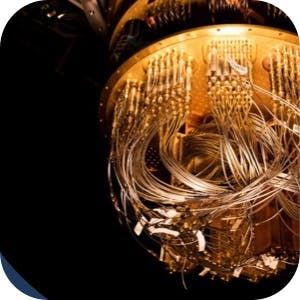- Home
- All updates
- EDGE Insights
- Industries
- Company Search
- My Watchlists (Beta)
EDGE Insights
Filter
EDGE Insights
PsiQuantum: A pioneer in advancing quantum computing hardware development
Quantum Computing
Nov 17, 2024
Older updates:
EDGE Insights
IonQ teardown: Inside the first public quantum computing company
Quantum Computing
Oct 25, 2021
News Wrap
Mid-Summer Work Update - Out of office
Work
Aug 6, 2021

Quantum Computing
Nov 17, 2024
PsiQuantum: A pioneer in advancing quantum computing hardware development
PsiQuantum designs general-purpose quantum computers via the silicon photonic approach, an innovative method that leverages the existing silicon supply chain used in traditional electronics.
- PsiQuantum uses photons as qubits, offering high-temperature operation, fiber-optic compatibility, resistance to electromagnetic interference, and long-lasting quantum states for enhanced computational power.
- In March 2023, PsiQuantum opened an advanced R&D facility at the Daresbury Laboratory in the UK, backed by the UK Government's Department for Science, Innovation, and Technology.
- The company aims to build a fault-tolerant quantum computer with 1 million physical qubits by the end of 2027, enabling error correction and addressing complex problems across various industries.
Contact us
Gain access to all industry hubs, market maps, research tools, and more
Get a demo
By using this site, you agree to allow SPEEDA Edge and our partners to use cookies for analytics and personalization. Visit our privacy policy for more information about our data collection practices.